Switching to solid foods? Curious about your baby’s sleep? Explore expert-led articles and find the answers to your year one questions.
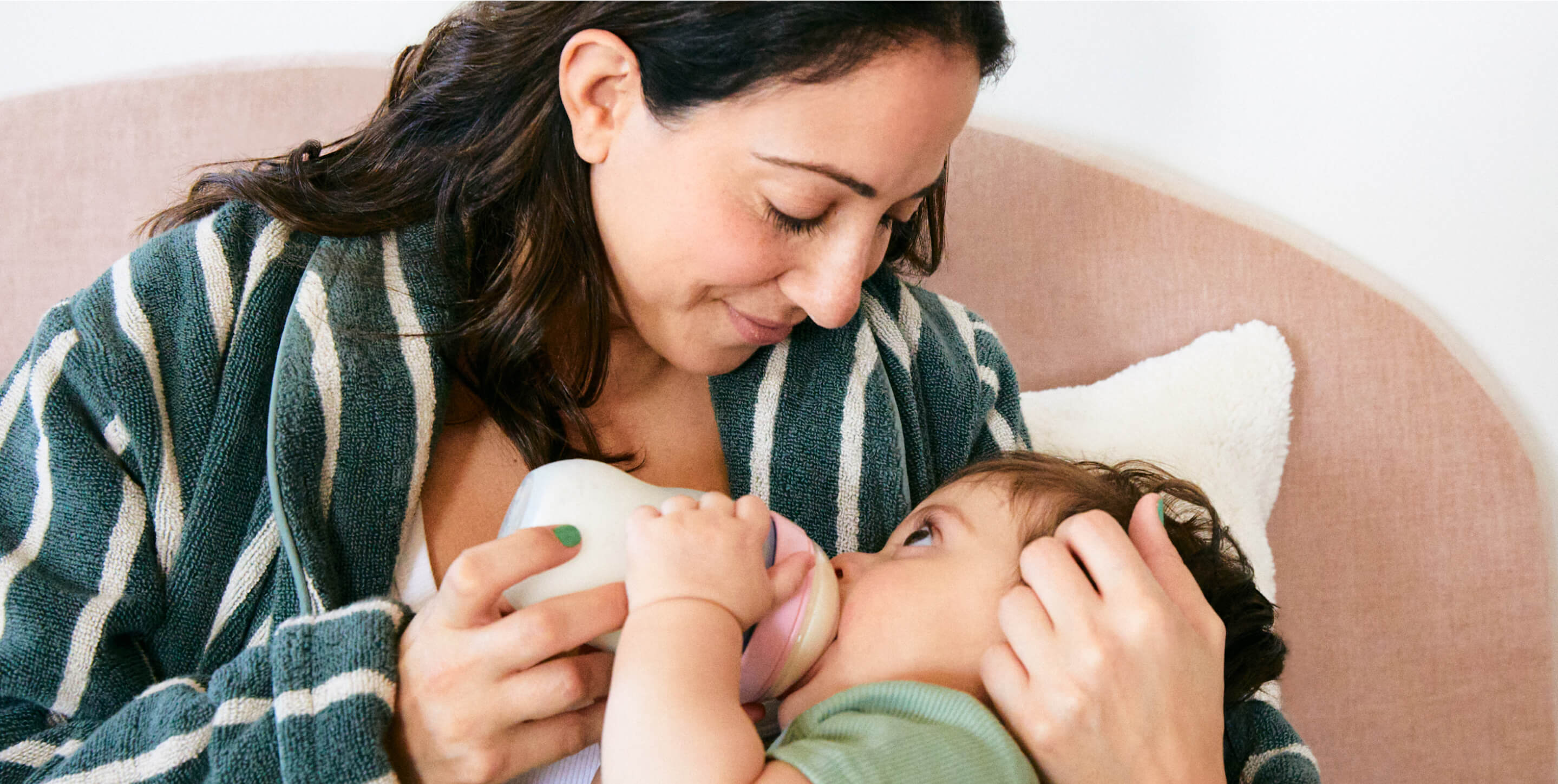
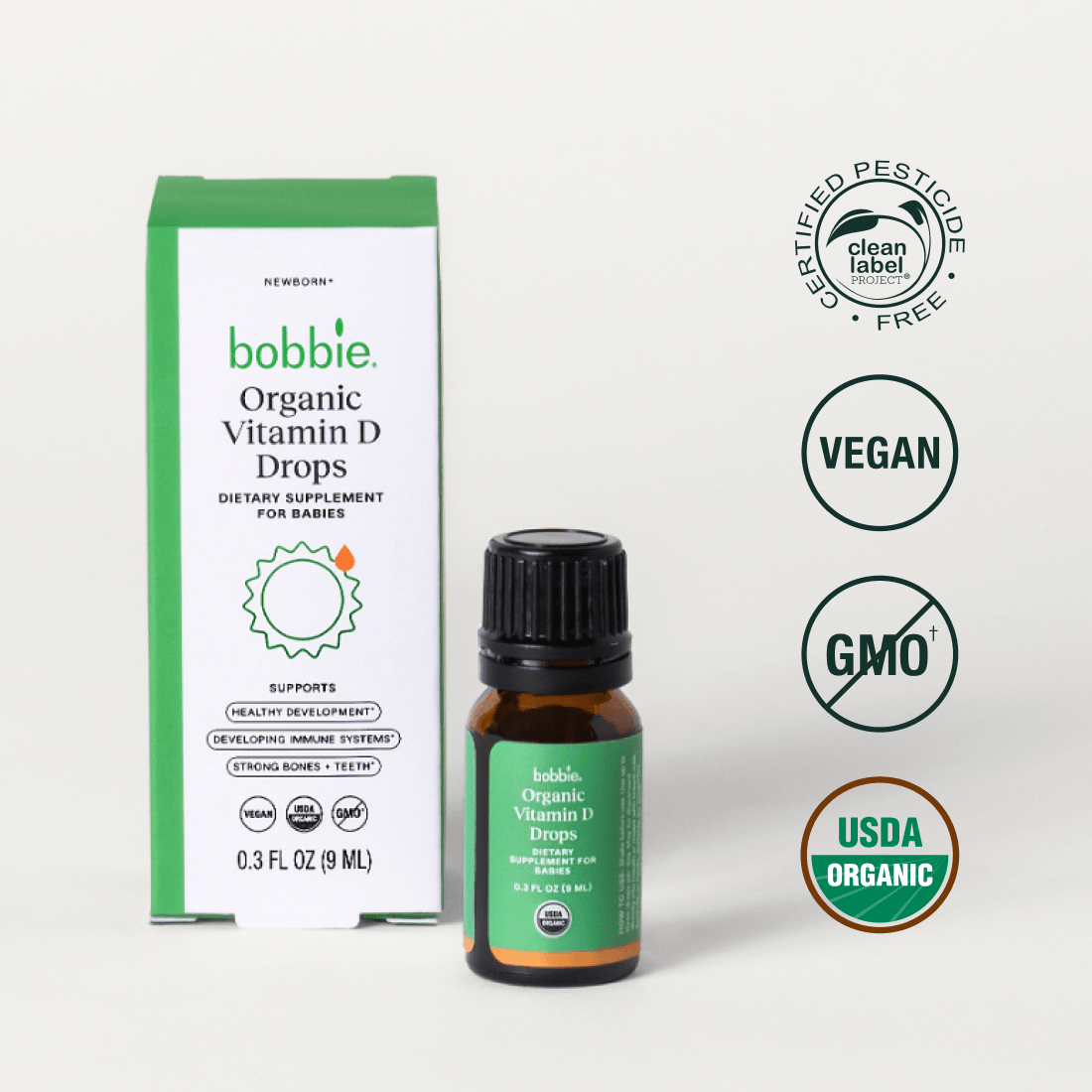
Give your baby a boost with just three drops (400 IU) daily to support strong teeth and bones, as well as healthy immune system development.*
Your baby’s appetite changes quickly as they get older. To help, we created this feeding guide for babies from 0 to 12 months in age. The American Academy of Pediatrics recommends most little ones drink 24–32 ounces of breast milk or formula a day in their first year.
If you're breastfeeding or combo feeding, your Bobbie feeding journey might look a bit different. As your baby grows, breast milk intake can differ from formula due to changing nutrients. Take our Formulator Quiz to pick the Bobbie bundle that fits your feeding journey.
Select your Baby’s Age:
Your baby’s appetite changes quickly as they get older. To help, we created this feeding guide for babies from 0 to 12 months in age. The American Academy of Pediatrics recommends most little ones drink 24–32 ounces of breast milk or formula a day in their first year.
If you're breastfeeding or combo feeding, your Bobbie feeding journey might look a bit different. As your baby grows, breast milk intake can differ from formula due to changing nutrients. Take our Formulator Quiz to pick the Bobbie bundle that fits your feeding journey.
These recommendations are based on normal growth patterns for healthy term infants and are provided as general guidance to estimate how much Bobbie to order, always consult your infant’s healthcare provider to ensure your child's unique needs are being met.
These recommendations are based on normal growth patterns for healthy term infants and are provided as general guidance to estimate how much Bobbie to order, always consult your infant’s healthcare provider to ensure your child's unique needs are being met.
Here’s how to prepare formula like a pro:
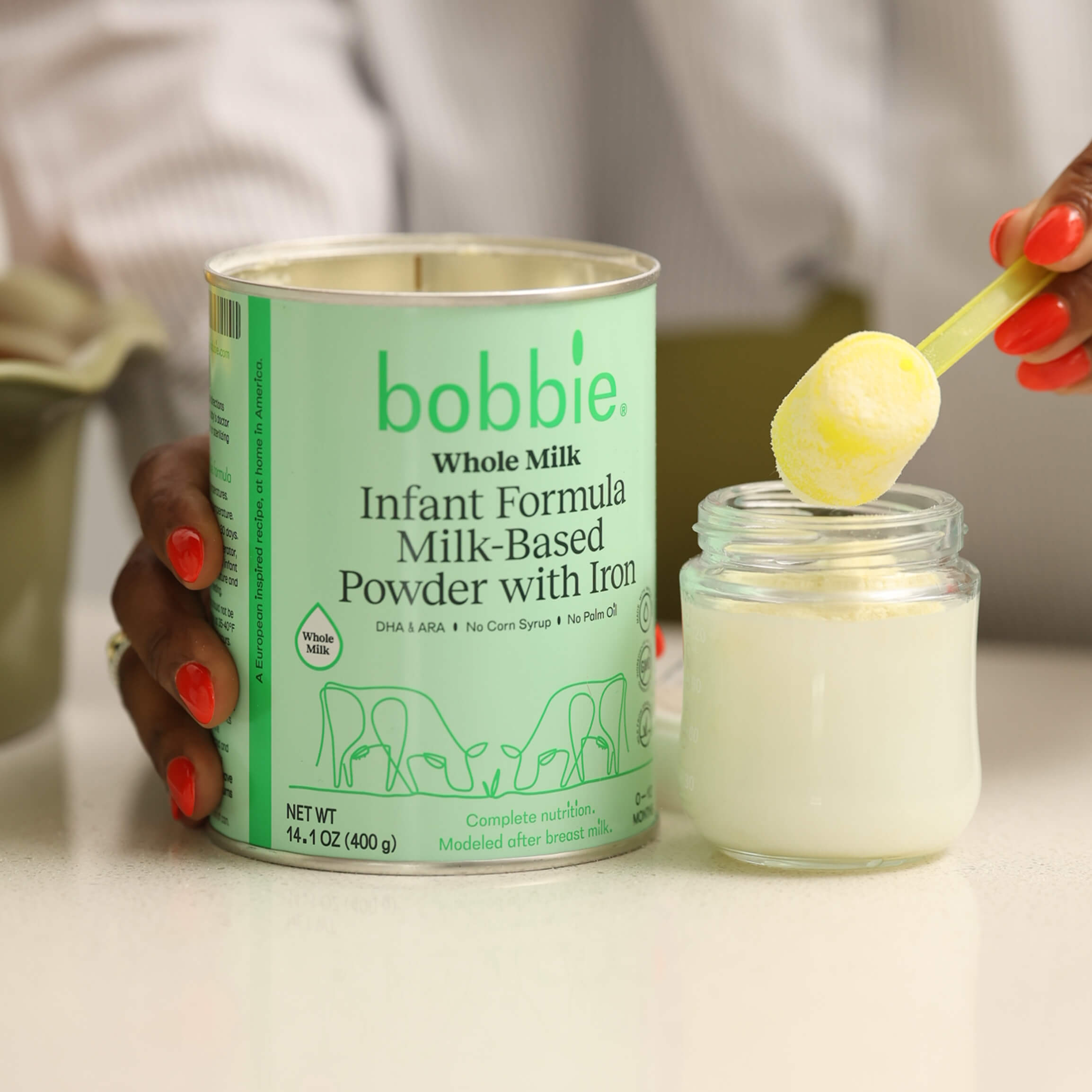
To prepare Bobbie formula, add one unpacked, level scoop of powder for every 2 fl. oz. of warm water. Always add water first, then powder, and shake to mix thoroughly.
Tap Water
✅ Usually perfectly fine
✅ Convenient and economical
❓ Ask your pediatrician or local health department if you have concerns
Bottled Water
✅ Can be a good backup option
❓ Check expiration dates (yes, water can expire!)
⚠️ Not all bottled waters are created equal—avoid mineral or sparkling varieties
Distilled or Purified Water
✅ Both are completely fine to use
✅ Ready to use without boiling
✅ Good option when traveling or if tap water quality is questionable
The Temperature Sweet Spot
For optimal formula reconstitution, warm water to 100°F (38°C). This temperature helps the formula dissolve properly and ensures all those nutrients mix perfectly. Not too hot, not too cold—just right for baby's belly and the formula's chemistry.
The Golden Rule
ALWAYS follow the mixing instructions on the formula container.
Formula is scientifically designed with specific water-to-powder ratios.
Check out this article for more details about choosing the best water for your baby.
You can store a freshly prepared and untouched bottle of Bobbie formula at room temperature for up to 2 hours or in the refrigerator for up to 24 hours. Once feeding from the bottle has begun, discard the bottle after 1 hour. Don’t refrigerate leftover formula to save it for later.
The Temperature Sweet Spot
For optimal formula reconstitution, warm the water to 100°F (38°C). This temperature helps the formula dissolve properly and ensures all the nutrients mix perfectly. Not too hot, not too cold—just right for baby's belly and the formula's chemistry.
Formula that has been prepared but has not yet been served to your baby is good at room temperature for up to 2 hours.
Once your baby has started drinking the bottle, the prepared formula must be used or discarded within 1 hour. This is because bacteria can be introduced from your baby’s mouth, and the longer the formula sits out, the higher the likelihood that bacteria will multiply to an unsafe level.
Bobbie baby formula that has been prepared but not yet offered to your baby can last in the fridge for up to 24 hours. You can prepare a batch of formula in bulk, up to a day’s worth, and keep it in the fridge until you need it! Any powder formula that you have prepared with water should be kept in the fridge, in a sealed container, such as a formula mixing pitcher or in individual bottles until ready to serve,
Unfortunately no, once a bottle of formula has been heated it must be used within 1 hour. If parents prefer to offer warm bottles, they should be heated immediately before each feeding using a bottle warmer or a mug of hot water– never the microwave! Given the shorter window for how long formula stays good after heating, many parents choose to offer their baby room temperature formula or even chilled formula straight from the fridge. That’s right! You do not need to heat your baby’s formula bottle before serving!
The amount of formula your baby needs will likely vary as they grow. The American Academy of Pediatrics recommends that infants consume approximately 24-32 ounces of formula or breastmilk per day during their first year.
If you're mostly breastfeeding and/or combo feeding your baby, your Bobbie journey will look different from what we've listed above. Breastmilk intake can vary substantially from formula intake due to the changing nutrient content of breastmilk as a baby ages. We recommend taking our Formulator Quiz to ensure you're selecting the Bobbie bundle size that's just right for your family.
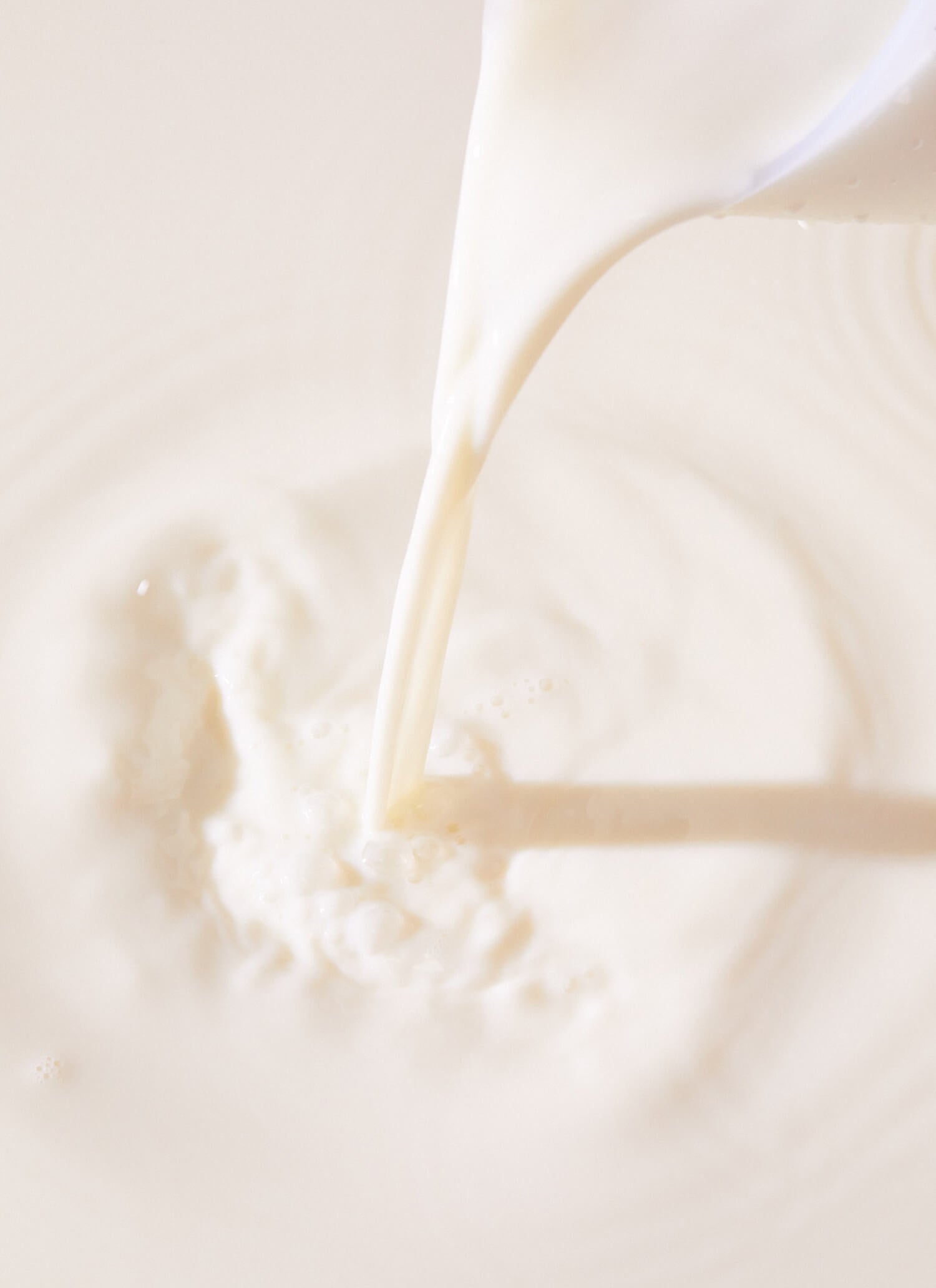
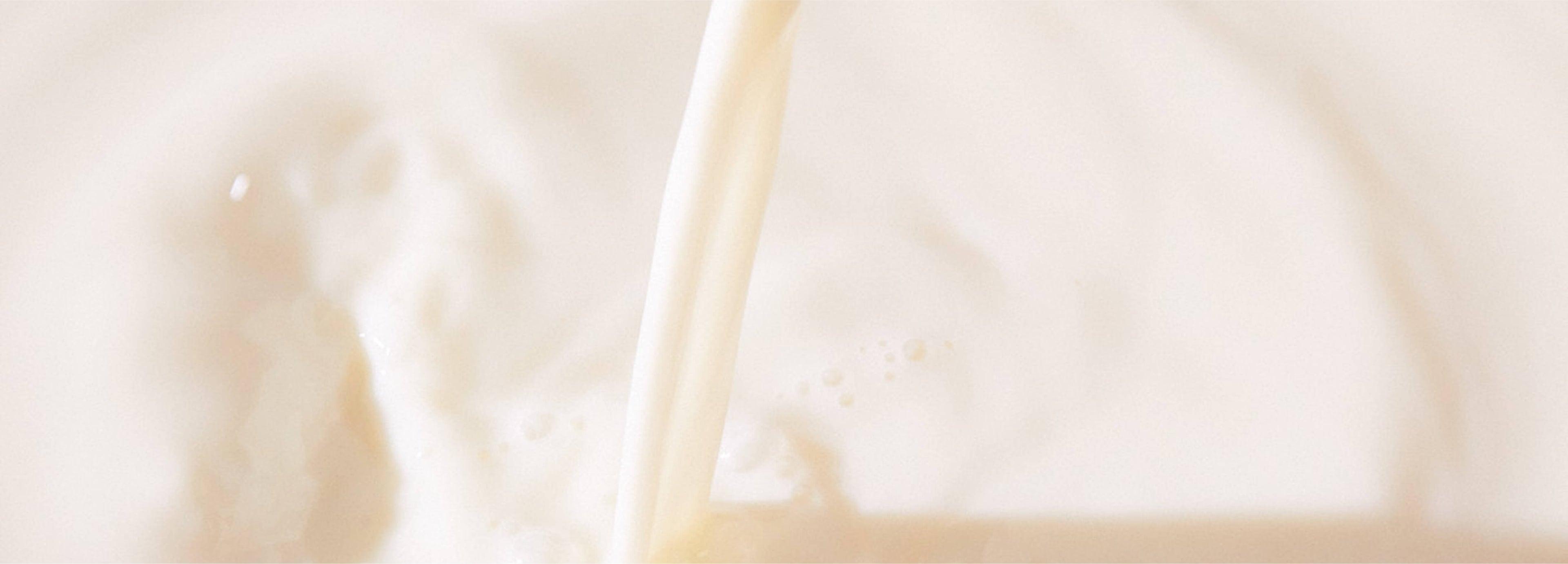

Finding your formula match will depend on whether you are breastfeeding exclusively, feeding formula only, or using a little bit of both.
Take our Formulator Quiz to find out which recipe and bundle size is best for your baby.
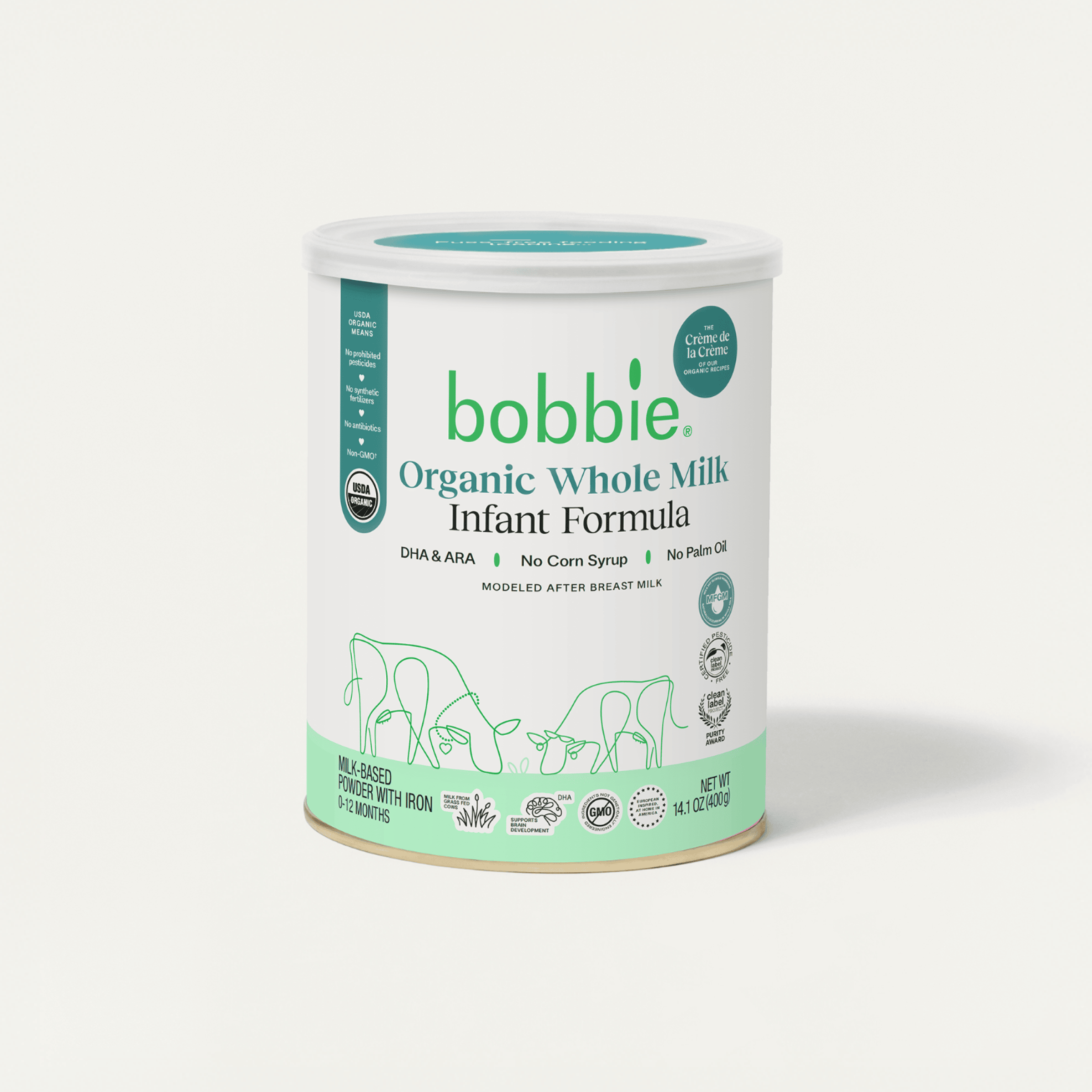

Ingredients
ORGANIC LACTOSE, ORGANIC WHOLE MILK, ORGANIC LINOLEIC SUNFLOWER OIL, ORGANIC LOW ERUCIC ACID RAPESEED OIL, ORGANIC WHEY PROTEIN CONCENTRATE, ORGANIC HIGH OLEIC SUNFLOWER OIL, ORGANIC COCONUT OIL, ORGANIC NONFAT MILK, LESS THAN 2% OF: ORGANIC LOW ERUCIC ACID RAPESEED LECITHIN, SCHIZOCHYTRIUM SP. OIL*, MORTIERELLA ALPINA OIL**, CALCIUM CARBONATE, CALCIUM PHOSPHATE, POTASSIUM CHLORIDE, SODIUM CHLORIDE, POTASSIUM CITRATE, L-CARNITINE, MAGNESIUM PHOSPHATE, CALCIUM ASCORBATE, CHOLINE BITARTRATE, INOSITOL, POTASSIUM IODIDE, FERROUS SULFATE, d-ALPHA TOCOPHERYL ACETATE, ZINC SULFATE, VITAMIN C PALMITATE, NIACINAMIDE, CALCIUM PANTOTHENATE, BIOTIN, VITAMIN A, THIAMIN HYDROCHLORIDE, COPPER SULFATE, RIBOFLAVIN, MIXED TOCOPHEROLS, PYRIDOXINE HYDROCHLORIDE, SODIUM SELENATE, MANGANESE SULFATE, PHYLLOQUINONE, FOLIC ACID, VITAMIN D3, VITAMIN B12. CONTAINS MILK.
* A source of docosahexaenoic acid (DHA)
** A source of arachidonic acid (ARA)
Nutrition Facts Panel
Diluted: Each 5fl. oz (150 mL) contains 100 calories.
Nutrients per 100 calories:
| MINERALS:
|
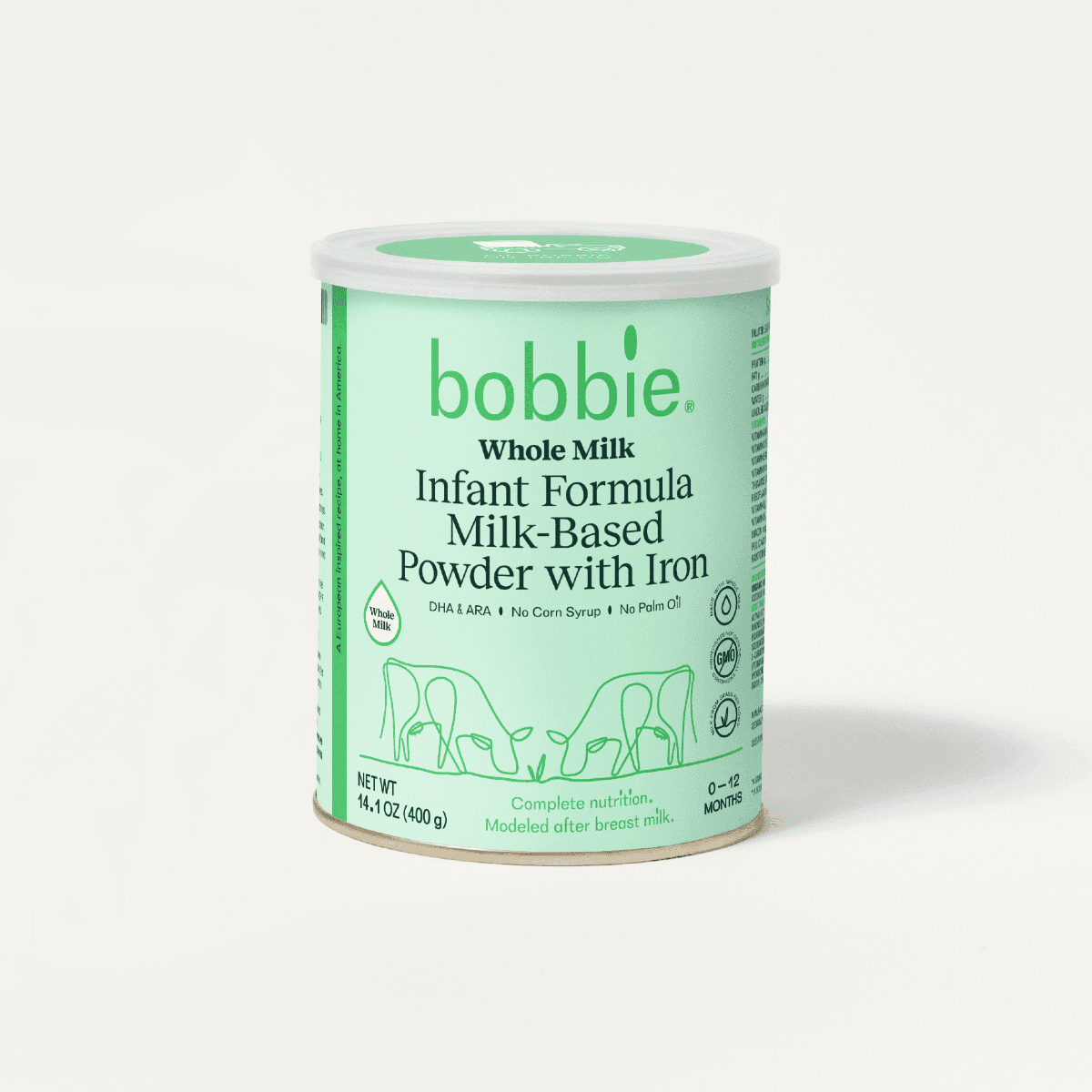

Ingredients
LACTOSE, ORGANIC WHOLE MILK, ORGANIC WHEY PROTEIN CONCENTRATE, ORGANIC HIGH OLEIC (SAFFLOWER OR SUNFLOWER) OIL, ORGANIC LOW ERUCIC ACID RAPESEED OIL, ORGANIC COCONUT OIL, ORGANIC LINOLEIC (SUNFLOWER OR SAFFLOWER) OIL, ORGANIC NONFAT MILK, LESS THAN 1%: ORGANIC LOW ERUCIC ACID RAPESEED LECITHIN, SCHIZOCHYTRIUM SP. OIL*, MORTIERELLA ALPINA OIL**, POTASSIUM CITRATE, SODIUM PHOSPHATE, CALCIUM CARBONATE, POTASSIUM CHLORIDE, MAGNESIUM CHLORIDE, POTASSIUM HYDROXIDE, CALCIUM HYDROXIDE, SODIUM CHLORIDE, POTASSIUM BICARBONATE, FERROUS SULFATE, ZINC SULFATE, CUPRIC SULFATE, MANGANESE SULFATE, POTASSIUM IODIDE, SODIUM SELENITE, CHOLINE BITARTRATE, ASCORBIC ACID (VITAMIN C), ASCORBYL PALMITATE, INOSITOL, L-CARNITINE, MIXED TOCOPHEROLS CONCENTRATE, dl-ALPHA TOCOPHERYL ACETATE (VITAMIN E), NIACINAMIDE (VITAMIN B3), CALCIUM PANTOTHENATE, VITAMIN A PALMITATE, RIBOFLAVIN (VITAMIN B2), THIAMINE HYDROCHLORIDE (VITAMIN B1), PYRIDOXINE HYDROCHLORIDE (VITAMIN B6), FOLIC ACID, PHYTONADIONE (VITAMIN K), BIOTIN, CHOLECALCIFEROL (VITAMIN D3), CYANOCOBALAMIN (VITAMIN B12). CONTAINS MILK.
* A source of docosahexaenoic acid (DHA)
** A source of arachidonic acid (ARA)
Nutrition Facts Panel
Diluted: Each 5fl. oz (150 mL) contains 100 calories.
Nutrients per 100 calories:
| MINERALS:
|
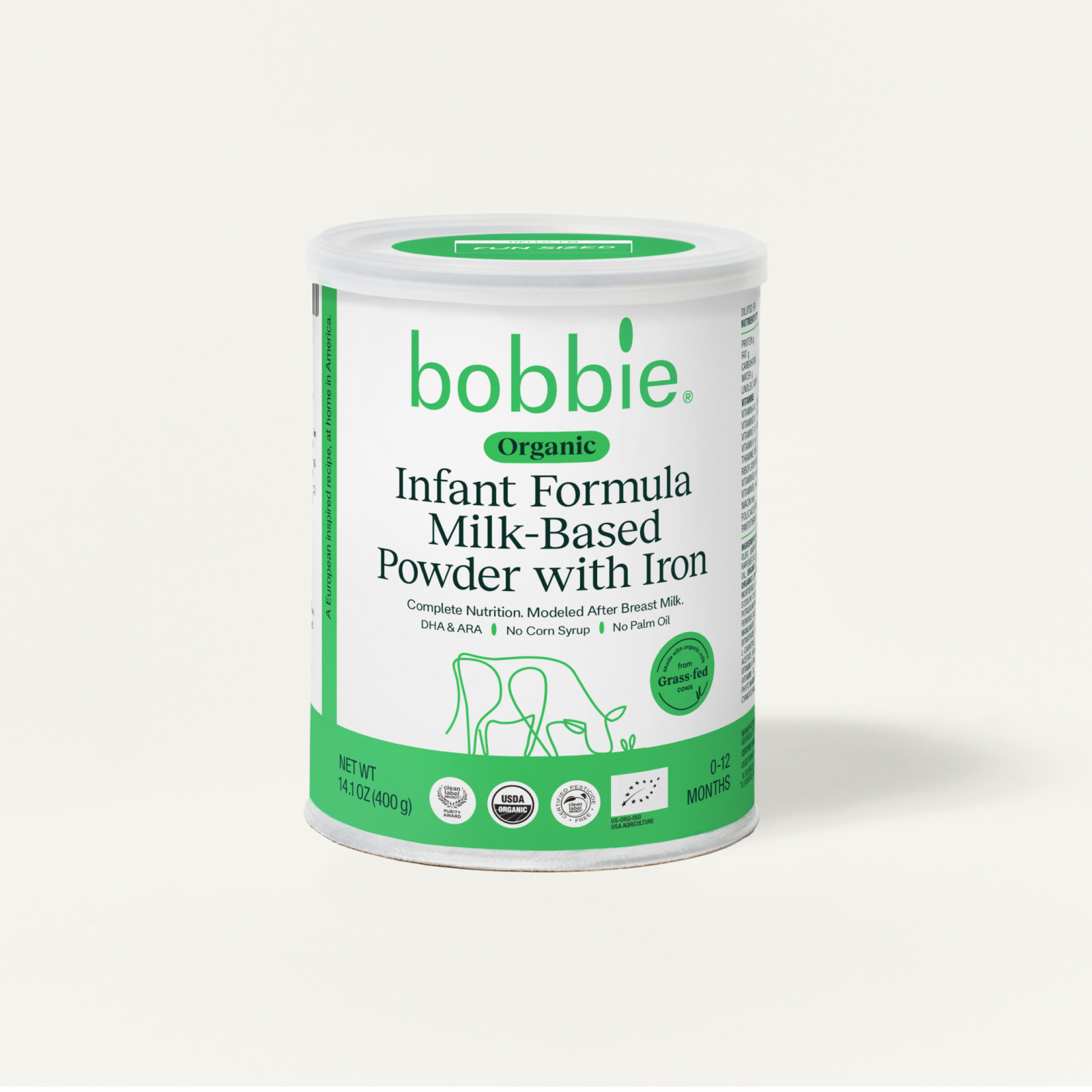

Have a 24 or 12.7 oz can? See your [nutrition_popup_opener].
Ingredients (14.1 oz can)
ORGANIC LACTOSE, ORGANIC NONFAT MILK, ORGANIC HIGH OLEIC (SAFFLOWER OR SUNFLOWER) OIL, ORGANIC LOW ERUCIC ACID RAPESEED OIL, ORGANIC WHEY PROTEIN CONCENTRATE, ORGANIC COCONUT OIL, ORGANIC LINOLEIC (SUNFLOWER OR SAFFLOWER) OIL, LESS THAN 1%: ORGANIC LOW ERUCIC ACID RAPESEED LECITHIN, SCHIZOCHYTRIUM SP. OIL*, MORTIERELLA ALPINA OIL**, CALCIUM PHOSPHATE, POTASSIUM CITRATE, SODIUM CHLORIDE, CALCIUM CARBONATE, POTASSIUM HYDROXIDE, POTASSIUM PHOSPHATE, MAGNESIUM CHLORIDE, POTASSIUM BICARBONATE, FERROUS SULFATE, POTASSIUM CHLORIDE, ZINC SULFATE, CUPRIC SULFATE, MANGANESE SULFATE, POTASSIUM IODIDE, SODIUM SELENITE, CHOLINE BITARTRATE, ASCORBIC ACID (VITAMIN C), ASCORBYL PALMITATE, INOSITOL, L-CARNITINE, MIXED TOCOPHEROLS CONCENTRATE, DL-ALPHA TOCOPHERYL ACETATE (VITAMIN E), NIACINAMIDE (VITAMIN B3), CALCIUM PANTOTHENATE, VITAMIN A PALMITATE, RIBOFLAVIN (VITAMIN B2), THIAMINE HYDROCHLORIDE (VITAMIN B1), PYRIDOXINE HYDROCHLORIDE (VITAMIN B6), FOLIC ACID, PHYTONADIONE (VITAMIN K), BIOTIN, CHOLECALCIFEROL (VITAMIN D3), CYANOCOBALAMIN (VITAMIN B12). CONTAINS MILK.
* A source of docosahexaenoic acid (DHA)
** A source of arachidonic acid (ARA)
Nutrition Facts Panel
Diluted: Each 5fl. oz (150 mL) contains 100 calories.
Nutrients per 100 calories:
| MINERALS:
|
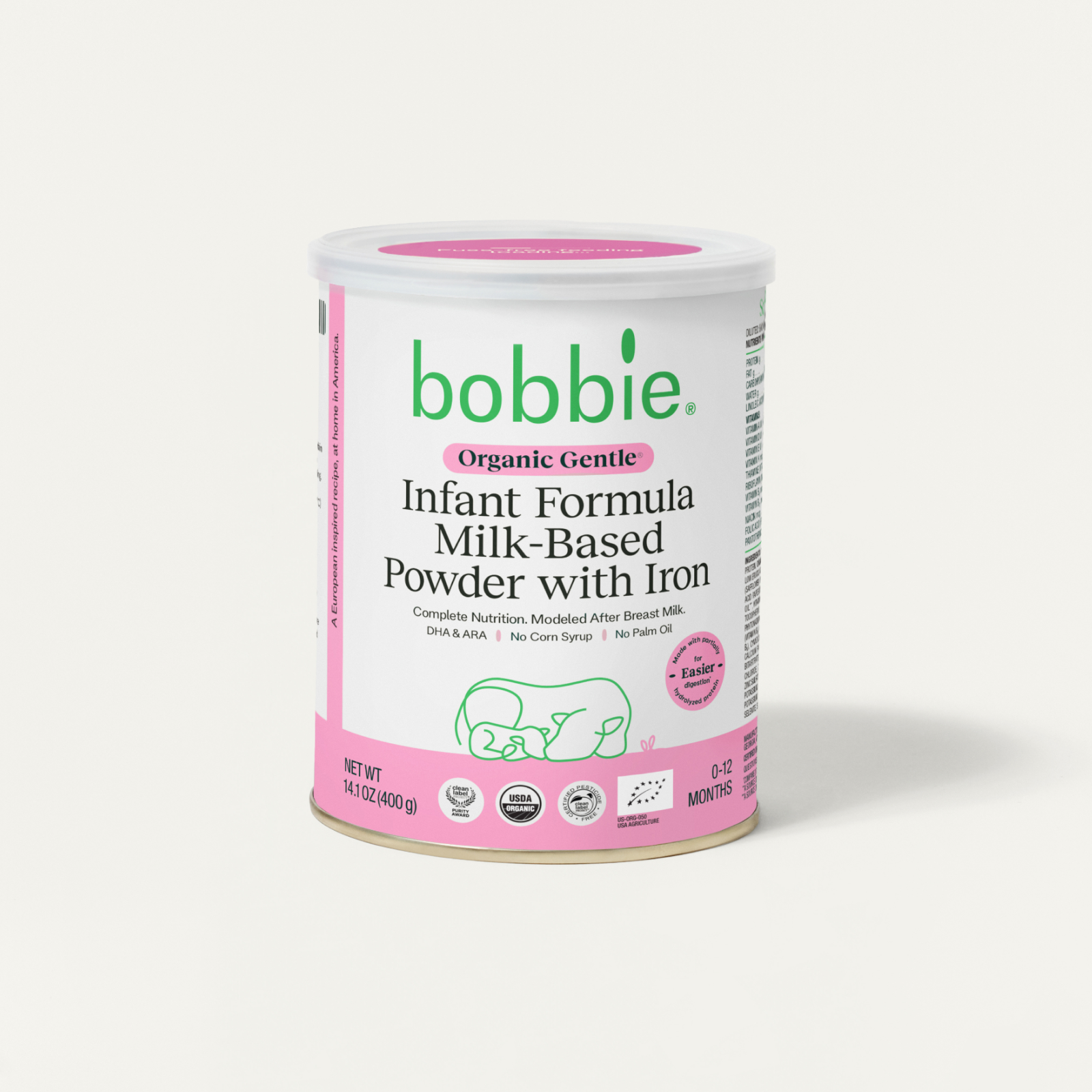

Nutrition Facts Panel
Diluted: Each 5fl. oz (150 mL) contains 100 calories.
Nutrients per 100 calories:
| MINERALS:
|
Ingredients
ORGANIC LACTOSE, ORGANIC PARTIALLY HYDROLYZED PROTEIN, ORGANIC HIGH OLEIC (SUNFLOWER OR SAFFLOWER) OIL, ORGANIC CANOLA OIL, ORGANIC COCONUT OIL, ORGANIC LINOLEIC (SUNFLOWER OR SAFFLOWER) OIL, LESS THAN 1%: MORTIERELLA ALPINA OIL**, SCHIZOCHYTRIUM SP. OIL***, VITAMIN A PALMITATE, VITAMIN D (CHOLECALCIFEROL), VITAMIN E (dl-ALPHA TOCOPHERYL ACETATE), MIXED TOCOPHEROL CONCENTRATE, VITAMIN K (PHYTONADIONE), ASCORBYL PALMITATE, THIAMINE HYDROCHLORIDE, RIBOFLAVIN, PYRIDOXINE HYDROCHLORIDE, CYANOCOBALAMIN, NIACINAMIDE, FOLIC ACID, CALCIUM PANTOTHENATE, BIOTIN, ASCORBIC ACID, CHOLINE BITARTRATE, INOSITOL, L-CARNITINE, CALCIUM CARBONATE, CALCIUM CHLORIDE, CALCIUM HYDROXIDE, CALCIUM PHOSPHATE, FERROUS SULFATE, ZINC SULFATE, MANGANESE SULFATE, CUPRIC SULFATE, MAGNESIUM CHLORIDE, POTASSIUM BICARBONATE, POTASSIUM CHLORIDE, POTASSIUM PHOSPHATE, POTASSIUM HYDROXIDE, POTASSIUM IODIDE, SODIUM CHLORIDE, SODIUM SELENITE, SODIUM CITRATE, ORGANIC CANOLA LECITHIN.
CONTAINS MILK.
**A source of arachidonic acid (ARA)
***A source of docosahexaenoic acid (DHA)
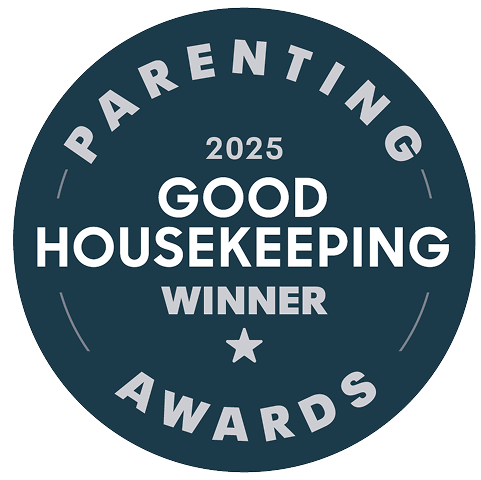
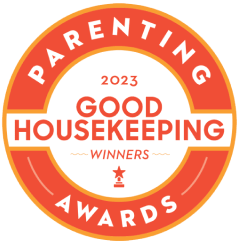
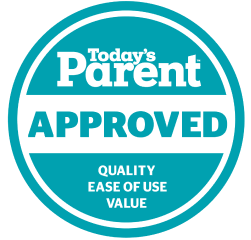


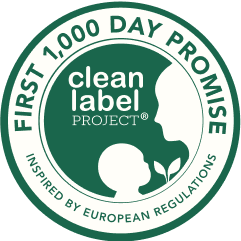

|
|
|
|
|---|---|---|
|
|
||
|
USDA Organic
|
|
|
|
EU Organic*
|
|
|
|
Grass fed milk
|
|
|
|
EU-recommended DHA Levels
|
|
|
|
60:40 whey:casein
|
|
|
|
no soy allergens
|
|
|
|
No palm or palm olein oil
|
|
|
|
Subscription
|
|
|
|
FDA Compliant
|
|
|
|
Domestic Manufacturing
|
|
|
|
Mom Founded and Led
|
|
|
There are several factors to consider when choosing a formula, including your baby’s tolerance, your budget, quality indicators (i.e., is organic important to you?), and a formula’s availability. To help us guide you in the right direction and give you a personalized recommendation, check out our Formulator feeding quiz at this link.
Every baby is different, but we recommend a full transition to Bobbie from day 1! We don’t recommend mixing formulas since it could complicate what must go through your baby's sensitive digestive system! Here are some best practices for transitioning:
Here’s a quick video from our team on switching your baby to Bobbie. Also, check out this article on transitioning from our blog, Milk Drunk!
A baby’s eating habits are as unique as any of their other features! The frequencies provided on this feeding guide are just that—a guide. If you’re concerned that your baby is eating too frequently, or not frequently enough, please consult with your pediatrician. A variety of feeding frequencies can be normal and may not be cause for concern so long as your baby is gaining weight appropriately and is meeting developmental milestones as expected.
As with frequency, the volume a baby eats during each feeding can vary widely from baby-to-baby! While the American Academy of Pediatrics recommends infants consume roughly 24-32 ounces of formula or breast milk per day during the first year, how much an infant eats at each feeding isn’t always consistent. If you’re concerned that your baby is eating too much, or not eating enough, please consult with your pediatrician.
Overfeeding is more likely to happen with bottle-fed babies than breastfed babies. Signs of overfeeding may include:
If you’re concerned that you may be overfeeding your baby, please consult with your child’s doctor to discuss feeding volume, frequency, and symptoms you may be noticing.
Infants need to eat frequently—not only because they have a smaller stomach capacity, but also because they are growing at a more rapid rate than they will at any other time in their lives! Babies need adequate calories, fat, and other nutrients to grow. Signs of underfeeding may include:
If you’re worried that your baby may not be eating enough, please discuss with your child’s doctor to evaluate feeding volume and frequency, and eliminate possible medical conditions that can contribute to slow weight gain.
Switching to solid foods? Curious about your baby’s sleep? Explore expert-led articles and find the answers to your year one questions.

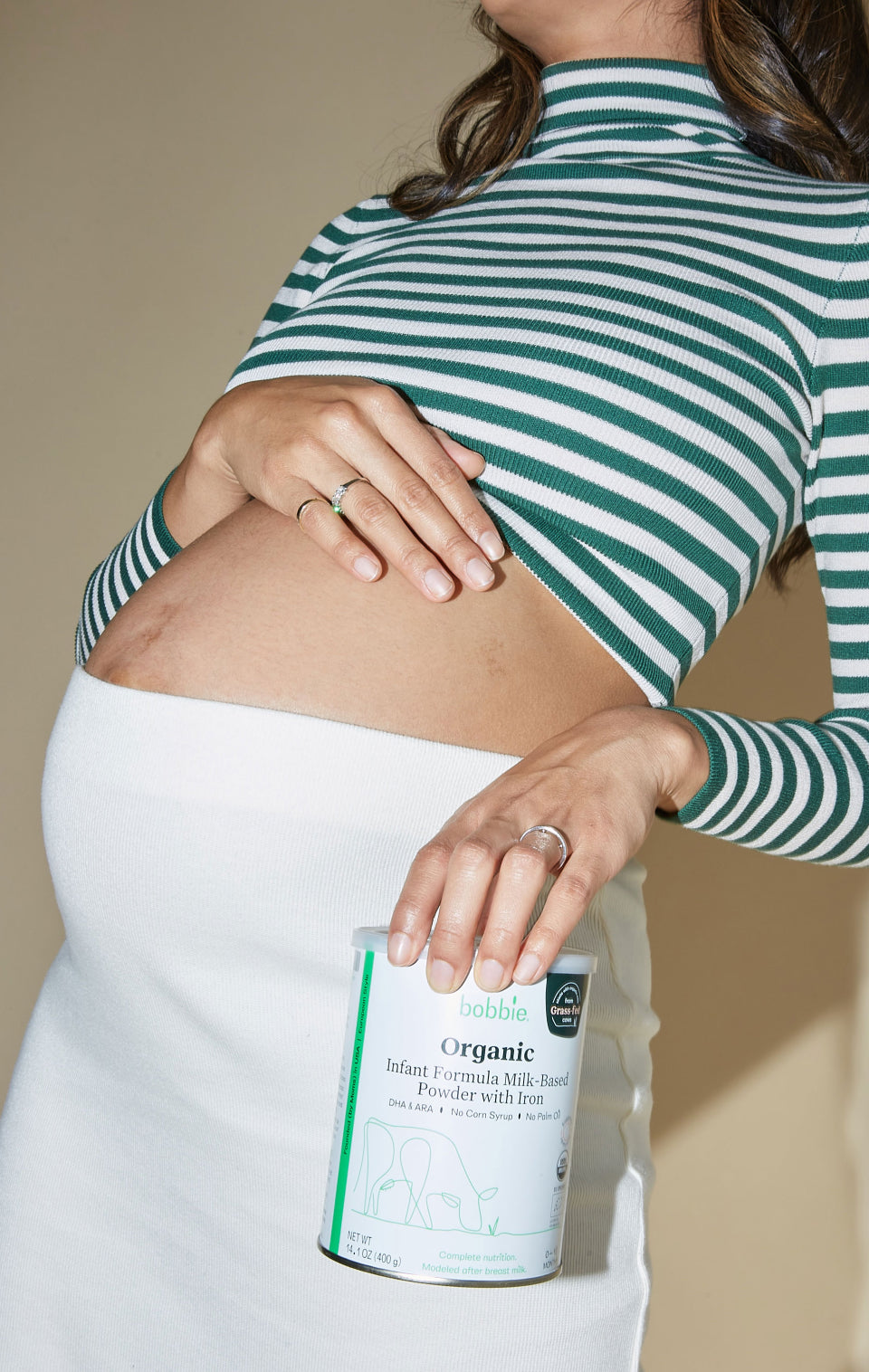
Log in to manage your account and access subscriber-only benefits.


Sign up to manage your account and access subscriber-only benefits.
If you've previously checked out as a guest, use the same email address to create an account.

Journeys is one of the many perks of a Bobbie subscription.
Start your subscription today to join Journeys, receive, exclusive discounts, and get automated free shipping on organic infant formula. Get started with 4, 8, or 10 cans.